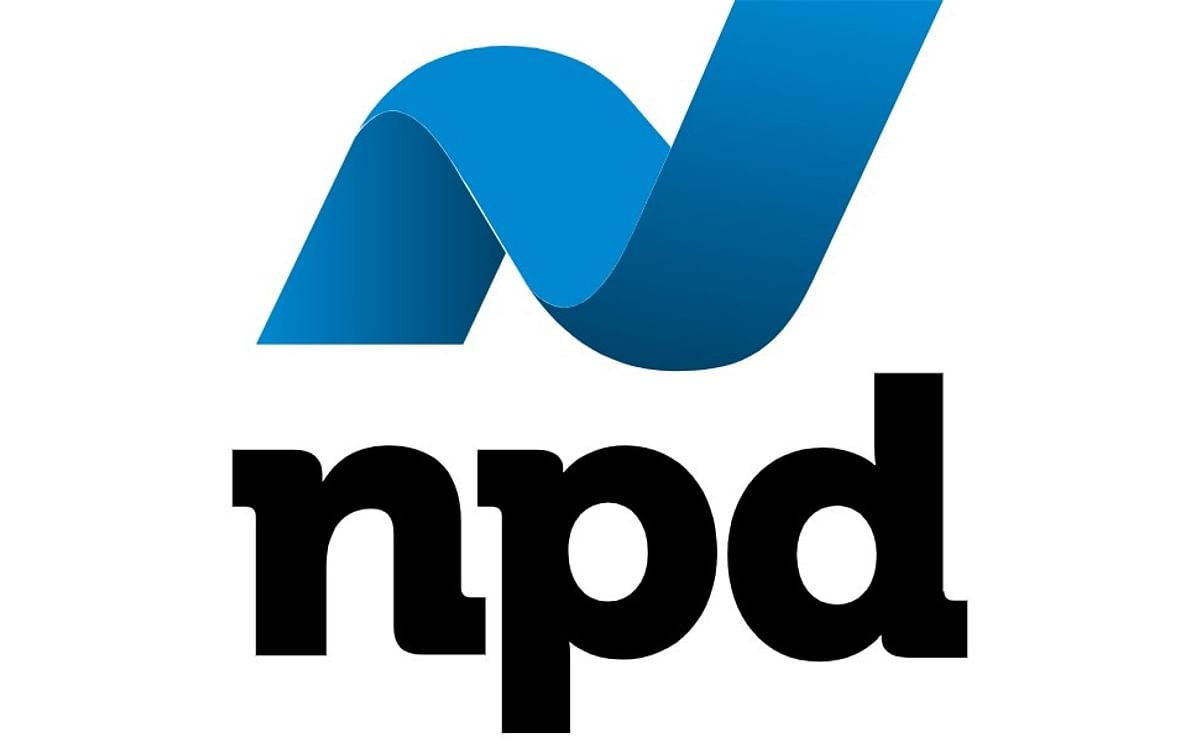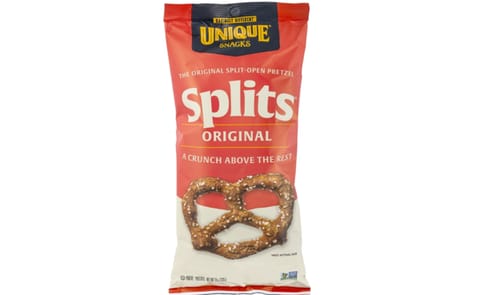NPD Group
Primaire tabs
Pass the potato chips: Canadians snacking more than Americans.

According to Snacking in Canada, a recent study by leading market research company The NPD Group, Canadians, on average, eat more snack meals than their neighbours south of the border, and hold a more positive view of snacking, overall. The report, which provides an in-depth analysis of snacking trends across Canada as well as comparison with the United States, reveals that Canadians aren't hesitant to satisfy their cravings in between meals, a trend that sees this country snacking more than Americans.
When comparing breakfast, lunch and dinner to snacks, snacking remains the fastest growing occasion in Canada in the past decade. In 2000, snacks comprised 22 per cent of all meals eaten, whereas that number has increased to just over 24 per cent in 2010. Over the course of 2009, Canada's snack consumption was higher than that in the U.S., with Canadians having eaten just over 300 snack meals per person compared to Americans whose snack meals totaled approximately 230.
"Although we're snacking more often than our American counterparts, the real difference lies in what's being consumed as Canadians are more conscious of the nutritional value of their food choices,"said Joel Gregoire, food &beverage industry analyst, The NPD Group. "When choosing snack-oriented foods, Americans are more likely to gravitate towards salty options, while foods that are typically considered to be better for you are more prevalent in Canada."To this end, one quarter of Canadian homemakers indicated that they are mindful of the calorie content in the meals they serve. Convenience also continues to grow in importance and, even as health messaging becomes more prevalent in the media, potato chips are the fastest growing snack food in Canada, with consumption up 22 per cent from 2006. The study also reveals that Canadians are at their most indulgent when sitting in front of the television. As such, they skew high on eating salty snacks, chocolate, candy and ice cream when at home, where TV and indulgent snacks go hand-in-hand.
In comparison with the rest of the population, children and teens are more likely to eat a snack food when playing both regular and video games, with gum, potato chips and cookies ranking as the top snack food choices during these times. In addition, when looking across the lifespan of the average Canadian, children are the most voracious snackers. This behaviour, however, falls off rapidly as they reach their teenage years, with teenagers making less healthy snack food choices.
"As children mature they begin to choose their own snack foods, a change that often interferes with a well-rounded diet,"continued Gregoire. "Even though teens are snacking less than they were as young children, the lack of parental influence often results in the consumption of more indulgent foods."As Canadians age, however, indulgence becomes less important when selecting snack foods. After the age of 44, health and weight control begin to increase in importance in snack choices, with indulgence declining as a top consideration for selecting a snack-oriented food by almost five per cent from adults 35-44 to adults 45-54.
While Canadians, on average, eat more snack-oriented foods overall that are associated with health, the health food revolution is not lost on Americans who are increasingly making healthier choices, with fruit, cheese and yogurt as the top three growing snack foods in the U.S. Although the attitudes of both countries are becoming gradually similar, the outlets at which they purchase their snacks vary significantly. While Americans are more reliant on discount stores as a source for snack foods, Canadians are currently making most of their purchases at supermarkets.
When comparing breakfast, lunch and dinner to snacks, snacking remains the fastest growing occasion in Canada in the past decade. In 2000, snacks comprised 22 per cent of all meals eaten, whereas that number has increased to just over 24 per cent in 2010. Over the course of 2009, Canada's snack consumption was higher than that in the U.S., with Canadians having eaten just over 300 snack meals per person compared to Americans whose snack meals totaled approximately 230.
"Although we're snacking more often than our American counterparts, the real difference lies in what's being consumed as Canadians are more conscious of the nutritional value of their food choices,"said Joel Gregoire, food &beverage industry analyst, The NPD Group. "When choosing snack-oriented foods, Americans are more likely to gravitate towards salty options, while foods that are typically considered to be better for you are more prevalent in Canada."To this end, one quarter of Canadian homemakers indicated that they are mindful of the calorie content in the meals they serve. Convenience also continues to grow in importance and, even as health messaging becomes more prevalent in the media, potato chips are the fastest growing snack food in Canada, with consumption up 22 per cent from 2006. The study also reveals that Canadians are at their most indulgent when sitting in front of the television. As such, they skew high on eating salty snacks, chocolate, candy and ice cream when at home, where TV and indulgent snacks go hand-in-hand.
In comparison with the rest of the population, children and teens are more likely to eat a snack food when playing both regular and video games, with gum, potato chips and cookies ranking as the top snack food choices during these times. In addition, when looking across the lifespan of the average Canadian, children are the most voracious snackers. This behaviour, however, falls off rapidly as they reach their teenage years, with teenagers making less healthy snack food choices.
"As children mature they begin to choose their own snack foods, a change that often interferes with a well-rounded diet,"continued Gregoire. "Even though teens are snacking less than they were as young children, the lack of parental influence often results in the consumption of more indulgent foods."As Canadians age, however, indulgence becomes less important when selecting snack foods. After the age of 44, health and weight control begin to increase in importance in snack choices, with indulgence declining as a top consideration for selecting a snack-oriented food by almost five per cent from adults 35-44 to adults 45-54.
While Canadians, on average, eat more snack-oriented foods overall that are associated with health, the health food revolution is not lost on Americans who are increasingly making healthier choices, with fruit, cheese and yogurt as the top three growing snack foods in the U.S. Although the attitudes of both countries are becoming gradually similar, the outlets at which they purchase their snacks vary significantly. While Americans are more reliant on discount stores as a source for snack foods, Canadians are currently making most of their purchases at supermarkets.
Like to receive news like this by email? Join and Subscribe!
Get the latest potato industry news straight to your WhatsApp. Join the PotatoPro WhatsApp Community!
Uitgelichte Bedrijven
Sponsored Content
Sponsored Content
Sponsored Content
Sponsored Content









